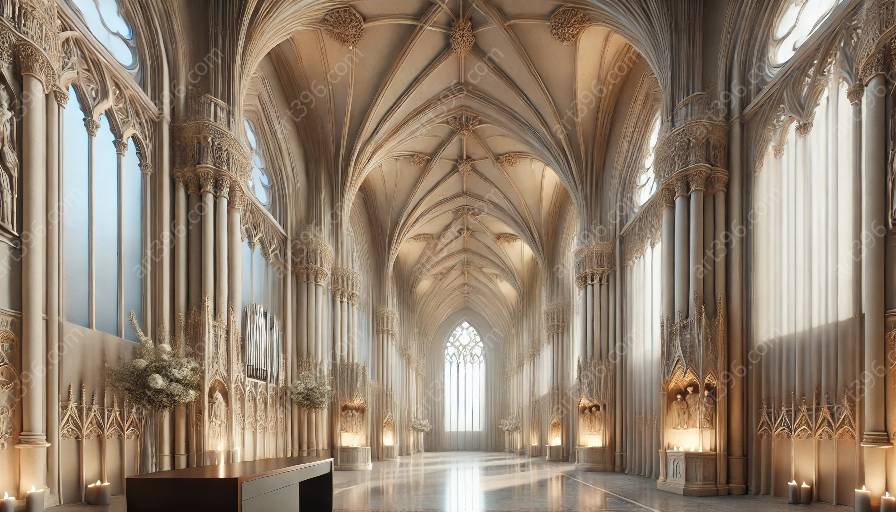Gothic architecture is an awe-inspiring style that has left an indelible mark on the urban landscapes of Europe and beyond. From soaring cathedrals to intricate carvings, the Gothic style embodies a unique blend of artistry, spirituality, and urban planning. In this discussion, we will delve into the history, characteristics, and influence of Gothic architecture and its impact on urban planning.
History of Gothic Architecture
The term 'Gothic' was originally used as a derogatory word, coined during the Renaissance period to describe the architectural style that was considered barbaric and devoid of the classical principles of ancient Roman and Greek architecture. However, the Gothic style has since been reevaluated and recognized for its innovative design and engineering achievements.
Gothic architecture emerged in the mid-12th century in the Île-de-France region of France, and its development and spread coincided with the rise of medieval Europe’s urban centers. The most iconic example of early Gothic architecture can be seen in the design of the Abbey Church of St. Denis, near Paris, often credited as the first Gothic building.
From France, the Gothic style spread rapidly across Europe, marking an era of extraordinary building and urban development. Over the centuries, Gothic architecture evolved in different regions, creating a rich tapestry of styles, such as the English Perpendicular Gothic, the German Brick Gothic, and the Venetian Gothic. Each variant reflected the unique cultural, social, and environmental influences of the region.
Characteristics of Gothic Architecture
Gothic architecture is renowned for its characteristic features, which include pointed arches, ribbed vaults, and flying buttresses. The pointed arch, in particular, allowed for greater height and light, contributing to the verticality and ethereal quality of Gothic structures. The ribbed vaults and flying buttresses enabled architects to create expansive, open interior spaces, making Gothic buildings seem weightless and imbued with a sense of spirituality.
The intricate tracery of Gothic windows, in combination wit...

















































































